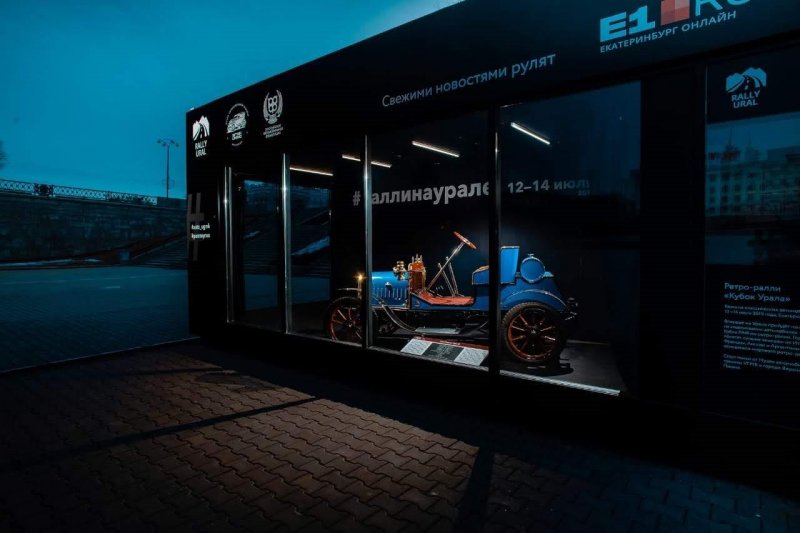A hundred-year-old car of French industrialists arrived in Yekaterinburg
A new car, a 1907 Lio-Peugeot Type VA of 1907, has appeared in the Time Machine pavilion located on Plotinka, which will occupy an honorable exhibition place in the center of Yekaterinburg for two weeks. A rare car from the collection of the UMMC Museum of Automotive Technology has replaced the first exhibit on the road - a car with an internal combustion engine Bez Patet-Motorwage, which was patented by the German engineer Karl Benz in 1886.
- The car as such was invented by the Germans, but it was the French who were the first to take full advantage of the advantages of the new mode of transport, - said Andrey Zimin, a specialist at the Museum of Automotive Technology. - At the turn of the century, Paris became the automotive capital of Europe: the first "motor races", specialized exhibitions were held in France, and the conventions governing the rules of movement by cars were discussed. It was French firms that were often the pioneers of the auto business. And the history of Peugeot is a great illustration of this.
French Peugeot family in addition to metalworking workshops controlled as many as two car brands: "Peugeot" and "Lio-Peugeot". The Type VA presented in the exhibition hall is one of the first models of the Lio-Peugeot brand. It is a small machine with a 785cc 3 single cylinder engine with 6.5 hp. The maximum speed that a light sidecar could reach was 35 km /h. In total, French industrialists have produced about a thousand copies of this car.
Despite such a solid age - 112 years - Lio-Peugeot starts up and starts moving. This is the earliest exhibit that the UMMC Museum of Automotive Technology demonstrates on the move.
The Time Machine exhibition area opened at Plotinka in March and will complete its work in July - on the eve of the start of the Ural Cup retro rally (official stage of the RAF Retro Rally Cup). For four months, the exposition will acquaint the residents of Yekaterinburg and guests of the city with the history of the automotive industry. Following the amazing cars of the early 20th century, the pavilion will display stylish cars from the 1920s and 1930s, as well as solid executive cars.
